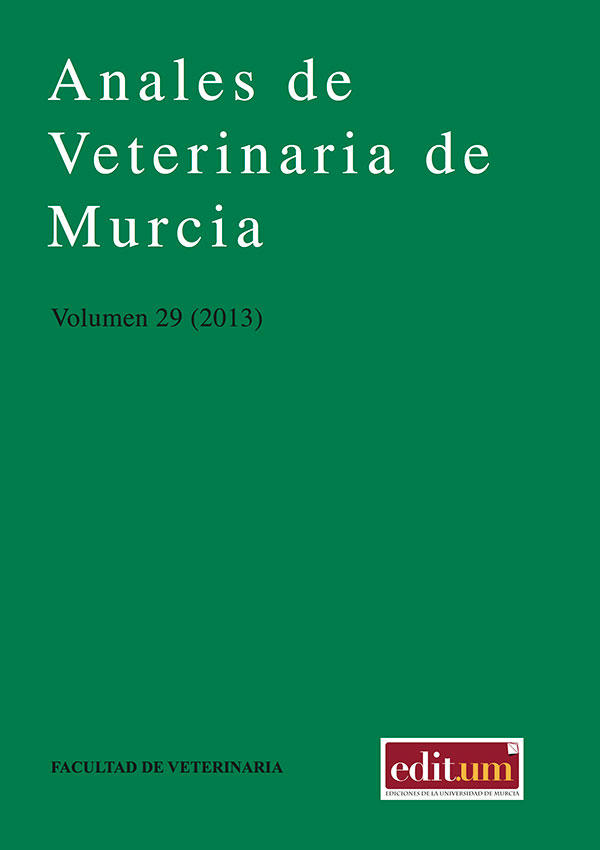Sanitary involvements of management of colostrum in caprine herds
Abstract
Colostrum represents the first source of immunity for the ruminants, and thus determines its resistance to disease during the first hours of life. However, colostrum intake could be itself the way of transmition of several diseases, as paratuberculosis, caprine arthritis-encephalytis, or micoplasmosis like contagious agalactia. This risk could be avoided by means of an artificial rearing program which should include correct management practices for colostrum. Between them, the treatment of colostrum represents a critical point. In this sense, thermic treatments have been used to higienitize colostrum, showing different results about microorganism viability. Nevertheless, it should be considered the negative effect of these treatments over nutritional components of colostrum, particularly the loss of immunoglobulines. As an alternative to thermic treatments, there have been experimentally assayed other methods as the addition of sodium dodecyl sulphate, which inactivates AIDS virus in breast milk, and others as liophilization or high pression methods. In this works, apart from the effect of the treatment should be also taken into account its economical viability and on-farm feasibility.Downloads
Creative Commons Attribution 4.0
The works published in this journal are subject to the following terms:
1. The Publications Service of the University of Murcia (the publisher) retains the property rights (copyright) of published works, and encourages and enables the reuse of the same under the license specified in paragraph 2.
© Servicio de Publicaciones, Universidad de Murcia, 2019
2. The works are published in the online edition of the journal under a Creative Commons Attribution-NonCommercial 4.0 (legal text). You can copy, use, distribute, transmit and publicly display, provided that: i) you cite the author and the original source of publication (journal, editorial and URL of the work), ii) are not used for commercial purposes, iii ) mentions the existence and specifications of this license.

This work is licensed under a Creative Commons Attribution-NonCommercial-NoDerivatives 4.0 International License.
3. Conditions of self-archiving. Is allowed and encouraged the authors to disseminate electronically pre-print versions (version before being evaluated and sent to the journal) and / or post-print (version reviewed and accepted for publication) of their works before publication, as it encourages its earliest circulation and diffusion and thus a possible increase in its citation and scope between the academic community. RoMEO Color: Green.




